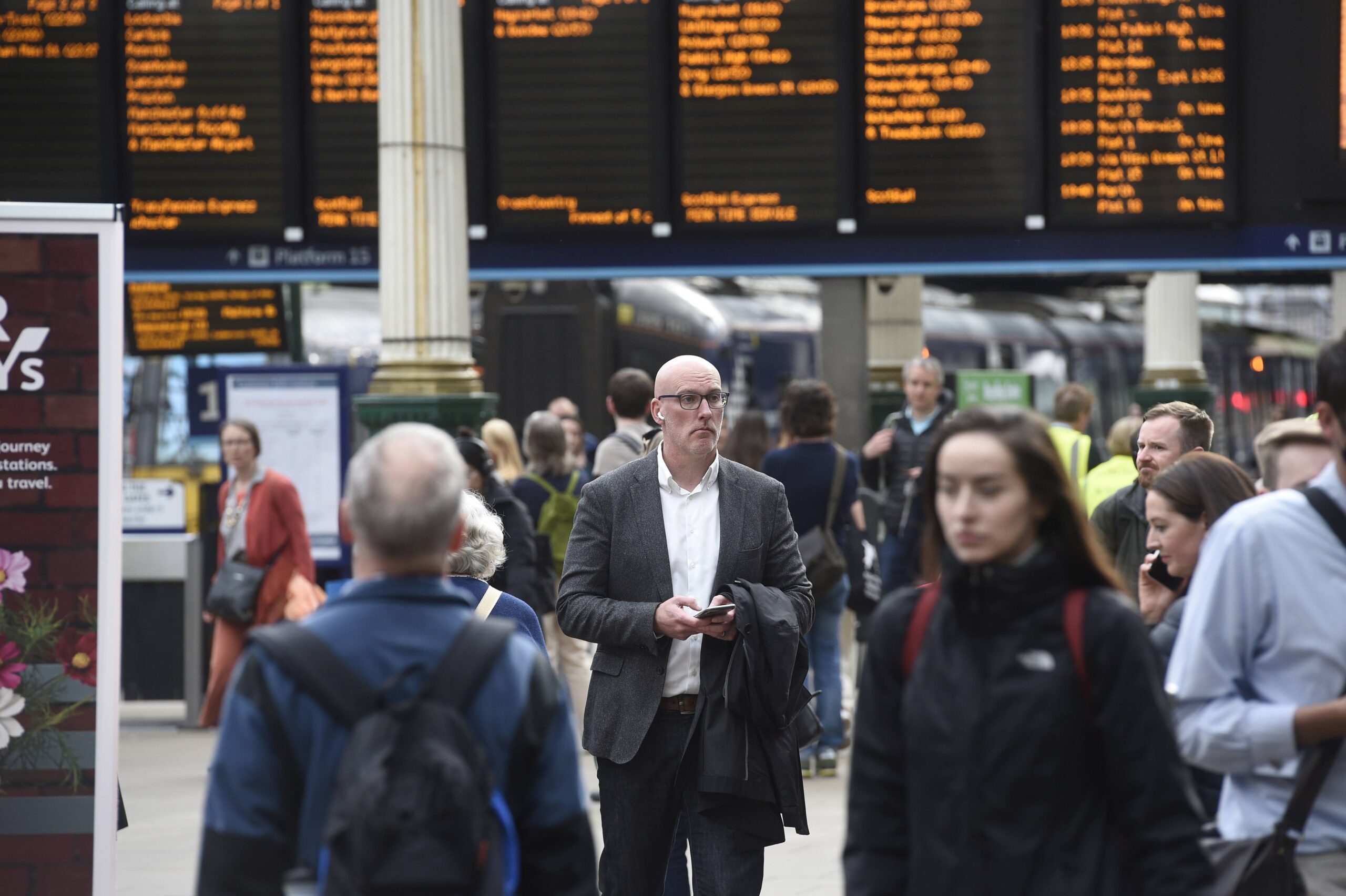
‘Help me understand how smart motorways work’ say drivers
28 September 2017
Drivers need more help to understand smart motorways, says the independent watchdog.
Transport Focus says Highways England should do more to increase drivers’ knowledge about what a red X means and about what you should do if you break down.
In its latest research the watchdog found that when it came to motorways without a hard shoulder, safety was not at the forefront of drivers’ minds and only came up when the subject was specifically explored.
However, few drivers knew for sure what they should do if they were to break down where there is no hard shoulder*.
Transport Focus is now calling on Highways England to:
- do more to help drivers understand what smart motorways** are designed to achieve and how their various features work for the benefit of road users
- reassure road users that motorways with no hard shoulder are safe, even if you break down
- roll out the orange surface and new signage to emergency refuge areas as quickly as possible, if current trials are successful.
Anthony Smith, Chief Executive of the independent watchdog Transport Focus, said:
“What’s been missing until now is an understanding of how road users experience smart motorways.
“The message to Highways England is that many millions of drivers successfully use smart motorways, but there is more to do to improve their understanding of how they work and what you should do if you break down.
“Road users tend to trust that ‘the authorities’ would not allow motorways without a hard shoulder if it was unsafe. Highways England must remain vigilant that their trust is not misplaced.”
What drivers say:
“I still see at least once a week someone driving on the hard shoulder when there’s a red X on it. It’s obvious but I get the feeling many drivers don’t know about it.” Leeds, frequent business user
“Touch wood, I’ve never broken down on a motorway. If I did break down, yes, I can see there being some risk of someone coming into the back of you.” Birmingham, infrequent leisure user
“The smart motorway network is good for me because I’m used to it. I feel confident driving [on them].” Birmingham, HGV
“I didn’t know that you could get penalised for being in a red X, even though it is self-explanatory and wouldn’t be doing it.” Leeds, frequent leisure user
Transport Focus’s research, Getting to the heart of smart: road user experiences of smart motorways, can be found here.
Notes to editors
For further information please contact:
Kieran Watkins, senior communications officer
Tel: 0300 123 0836 or email: kieran.watkins@transportfocus.org.uk
* Government advice in the event of a motorway breakdown is:
- Use an emergency refuge area if you are able to reach one safely. These are marked with blue signs featuring an orange SOS telephone symbol on them.
- If you can leave your vehicle safely, contact Highways England via the roadside emergency telephone provided in all emergency refuge areas. We will either send a traffic officer to help you, or set the motorway signs to temporarily clear lane 1 to assist you to rejoin the motorway.
- If you cannot get to an emergency refuge area but the vehicle can be driven, move it to the hard shoulder (where provided) or as close to the nearside verge or other nearside boundary as possible.
- In all cases, switch on your hazard warning lights.
If you stop in the nearside lane next to a hard shoulder or verge and feel you are able to exit safely with any occupants, consider exiting your vehicle via the nearside (left hand) door, and wait behind the safety barrier, if there is one and safe to do so.
If it is not possible to get out of your vehicle safely, or there is no other place of relative safety to wait then you should stay in your vehicle with your seat belt on and dial ‘999’ if you have access to a working mobile phone.
Once the regional traffic control centre is aware of your situation, via the police or roadside technology such as CCTV, they can use the smart motorway technology to set overhead signs and close the lane to help keep traffic away from you. They will also send a traffic officer or the police to help you.
**There are three types of smart motorway:
- dynamic hard shoulder
The original concept where traffic can use the hard shoulder at times of congestion, but at other times it reverts to being a hard shoulder.
- controlled motorway
Essentially a conventional motorway with a permanent hard shoulder, but with technology to smooth the flow of traffic.
- all-lane running
Where all of the road space is used by traffic and there is no hard shoulder, but with emergency refuges installed if a vehicle breaks down.




